We drove about five minutes, to the main, and one of the only stop lights in Ktm, running the red light and weaving through cars, motorbikes and buses. I had been waiting for what was about to happen next for the entire week I have been in Nepal --- an accident. We t-boned a motorbiker directly in his side. I screamed, hit my head on the seat in front of me (this is why I ride in the back and not front, for a seat is better than a windshield) and yelled at the cabby. He yelled back at me and I told him to stop and see if the person was okay. No time for that in Nepal...
Between holding my breath as we past trucks blowing out the blackest smoke/smog/pollution you have ever seen, I wondered if the person we had hit was alright. He didn't fly off the bike, but looked shaken up --- I was too.
Finally after the meter reached 110 rupees, I told him to "Rokeeno!" or "Stop!" and tipped him 2 small rupees, and walked the rest of the way to the office. (F*** that guy I thought to myself!)
On a lighter note, here is my third clip:
State of art education in Nepal: Peaceful protest through art for higher studies
By Tess McEnroe
Hitman Gurung, an art student at the college, created and directed the piece called “Art. Bridge. Education.” The protest was through art, for art education, and to show the struggle these art students have when they enter the workforce.
“By doing so, perhaps we'll have a practical solution to our problem, and a study can carry on with his study,” said Gurung.
The standard to be hired in the art industry is having at least a four-year program degree, yet this college only has a three-year program. As a result, it is difficult for the students to find employment once they have completed the program. Since there are few proper facilities for a Master's Degree program in Nepal, students are often forced to study abroad to further their art education.
“These students can't go anywhere else after they graduate because there is no Master's Degree available,” said Madan Chitrakar, a temporary faculty member and art writer at the college.
Gurung's piece included about 30 fellow students dressed in smocks, with messages on their backs reading, for example, “This is our future,” and “Can you see me?” Other students and citizens gathered around each of the models writing messages in Nepali and English on their arms, saying, “Let the creators be creative,” and “We want M.F.A. [Master's of Fine Arts] in Nepal,” to name a few.
Both the students and teachers believe that since Nepal has a widely known and respected traditional and folk art community, it is only right to be able to further their study and contribute to the international contemporary art scene.
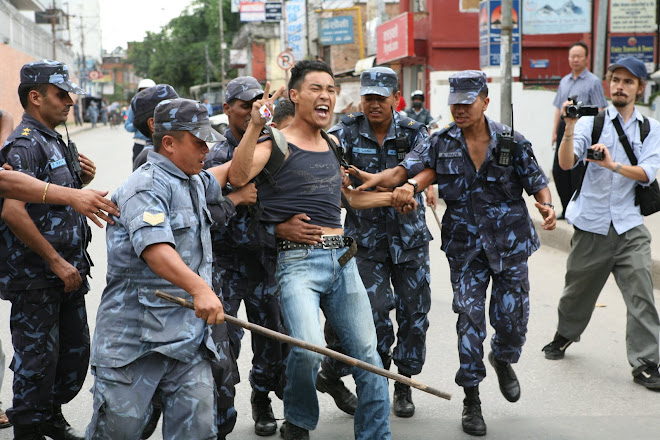
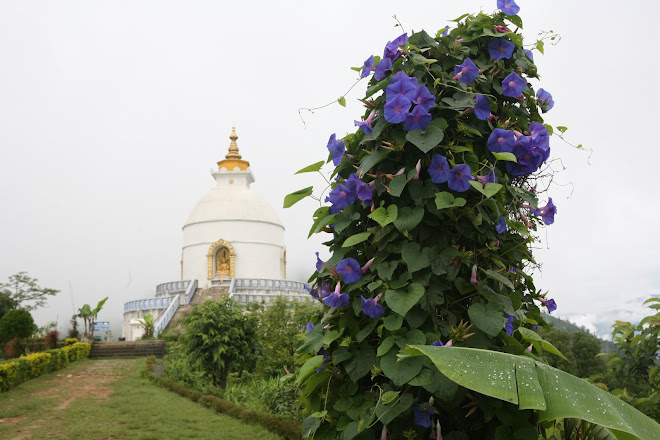

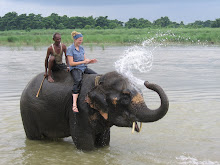









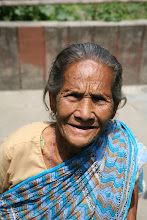

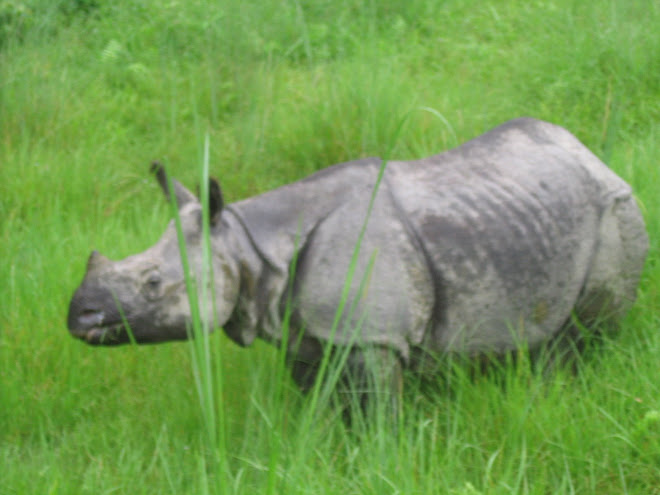

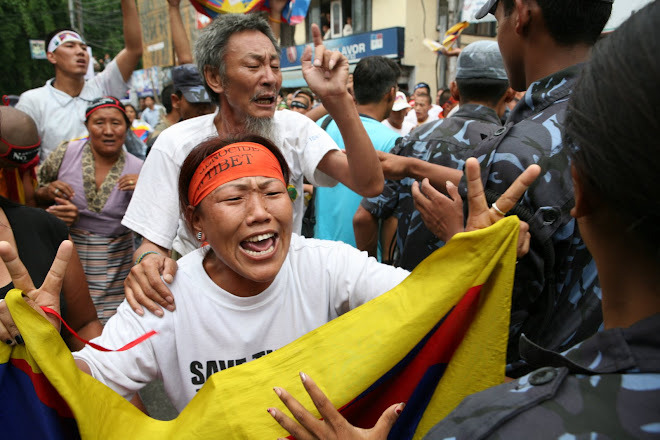
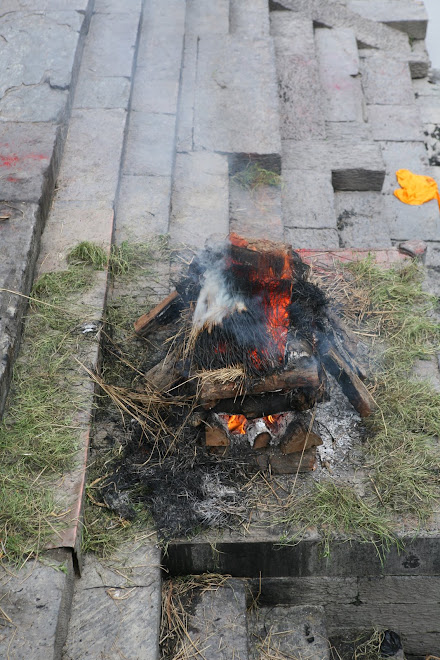
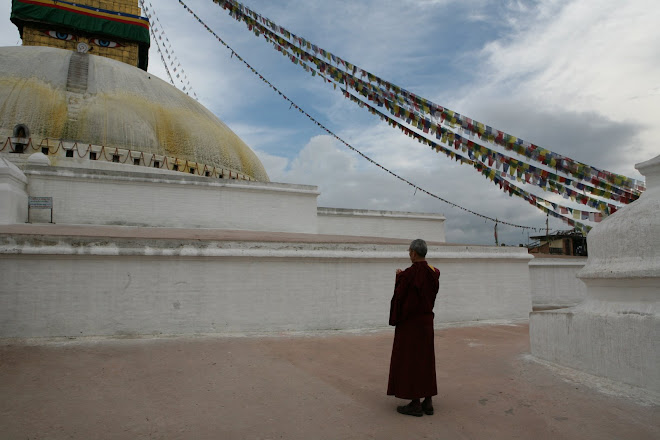


No comments:
Post a Comment